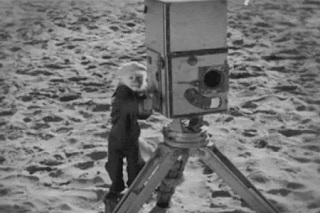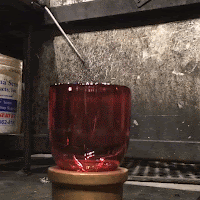Since the late 1970s, cult films have become increasingly popular. Films that once would have been limited to obscure cult followings are now capable of breaking into the mainstream, and showings of cult films have proved to be a profitable business venture. Overbroad usage of the term has resulted in controversy, as purists state it has become a meaningless descriptor applied to any film that is the slightest bit weird or unconventional; others accuse Hollywood studios of trying to artificially create cult films or use the term as a marketing tactic. Films are frequently stated to be an "instant cult classic" now, occasionally before they are released. Some films have acquired massive, quick cult followings, owing to advertisements and posts made by fans spreading virally through social media. Easy access to cult films via video on demand and peer-to-peer file sharing has led some critics to pronounce the death of cult films.

















































